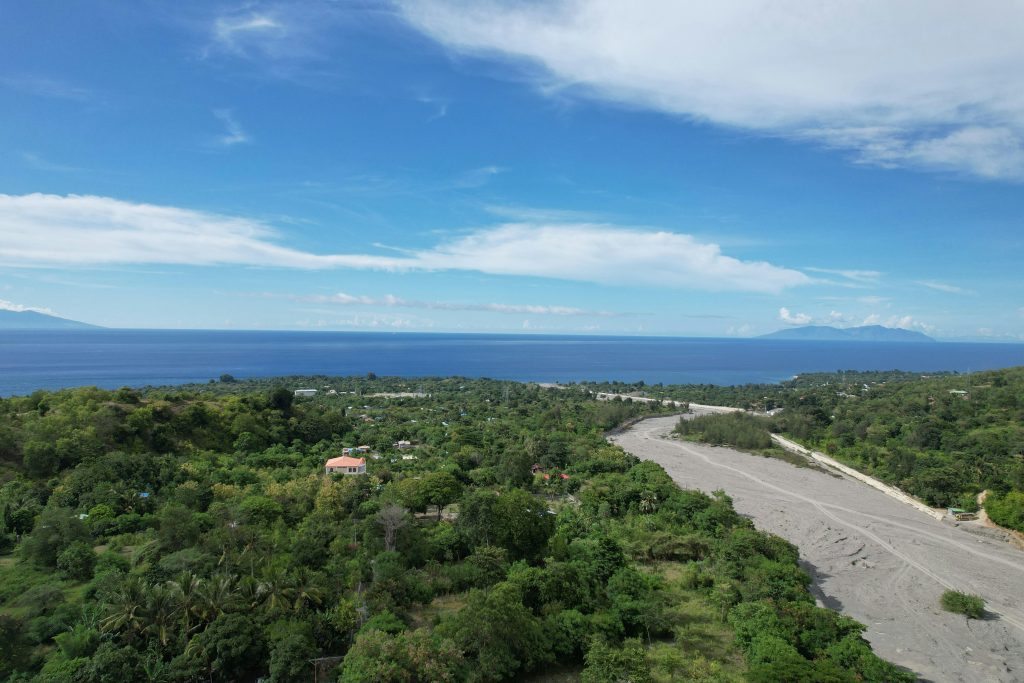Timor-Leste is a small nation located in Southeast Asia
Timor-Leste, officially known as the Democratic Republic of Timor-Leste, is a small nation located in Southeast Asia, occupying the eastern half of the island of Timor, along with several smaller islands such as Atauro and Jaco. It shares its western border with Indonesia and is surrounded by the Pacific Ocean to the north and the Timor Sea to the south. With a land area of approximately 14,874 square kilometers, it is one of the smallest countries in the region.

The country’s capital and largest city is Dili, which serves as the political, cultural, and economic center of Timor-Leste. Portuguese and Tetum are the two official languages of the country, reflecting its colonial and indigenous heritage. Other regional languages are also spoken, including Mambai and Kemak, among others. English and Indonesian are considered working languages, adding to its linguistic diversity. Timor-Leste, is a small nation located in Southeast Asia.
Timor-Leste’s history is marked by struggles for independence. The Portuguese colonized the territory in the 16th century, and it remained under Portuguese rule until 1975. Following a brief period of independence, Timor-Leste was invaded and occupied by Indonesia, leading to decades of conflict. After years of resistance and international attention, Timor-Leste finally regained its independence on May 20, 2002, making it one of the youngest nations in the world.
Timor-Leste’s political system is a unitary semi-presidential republic. The President serves as the head of state, while the Prime Minister is the head of government. The country has a unicameral legislature known as the National Parliament, which oversees governance and legislative processes.
The population of Timor-Leste is approximately 1.3 million people, and the majority practice Roman Catholicism, a legacy of Portuguese influence. Traditional beliefs and practices are also significant in shaping the cultural identity of its people. Timor-Leste celebrates its diversity through vibrant festivals, music, dance, and art that reflect its indigenous traditions and colonial past.
Economically, Timor-Leste is largely dependent on its petroleum and natural gas reserves, which are located in the Timor Sea. Agriculture is another key sector, employing the majority of the population. Coffee is the country’s primary export crop, and Timor-Leste has gained international recognition for its high-quality coffee beans. However, the country faces challenges such as poverty, limited infrastructure, and dependence on natural resources.
Timor-Leste is renowned for its natural beauty, boasting pristine beaches, rugged mountains, and lush forests. The country offers excellent opportunities for ecotourism, including diving and snorkeling in its coral reefs and exploring its diverse wildlife. Popular destinations include Mount Ramelau, the highest peak in Timor-Leste, and the picturesque town of Maubisse. Timor-Leste, is a small nation located in Southeast Asia.
Timor-Leste has been active on the global stage, joining organizations like the United Nations and the Community of Portuguese Language Countries. It is also working toward ASEAN membership to strengthen its regional ties.
The story of Timor-Leste is one of resilience, as the nation continues to build a brighter future while preserving its unique cultural heritage and natural beauty.

Thanks for sharing this type of blog